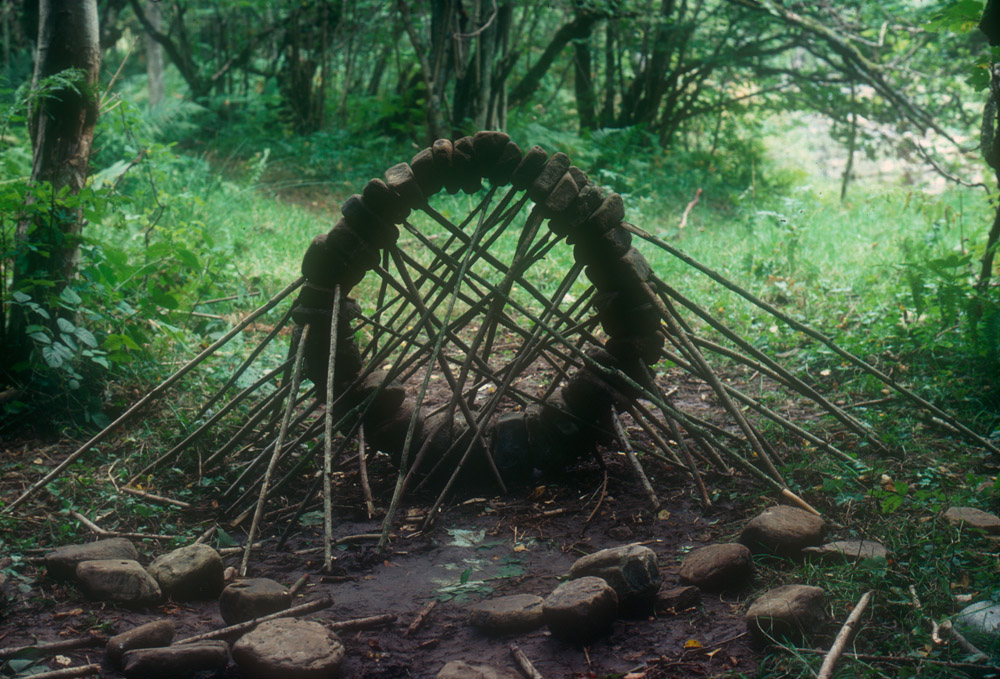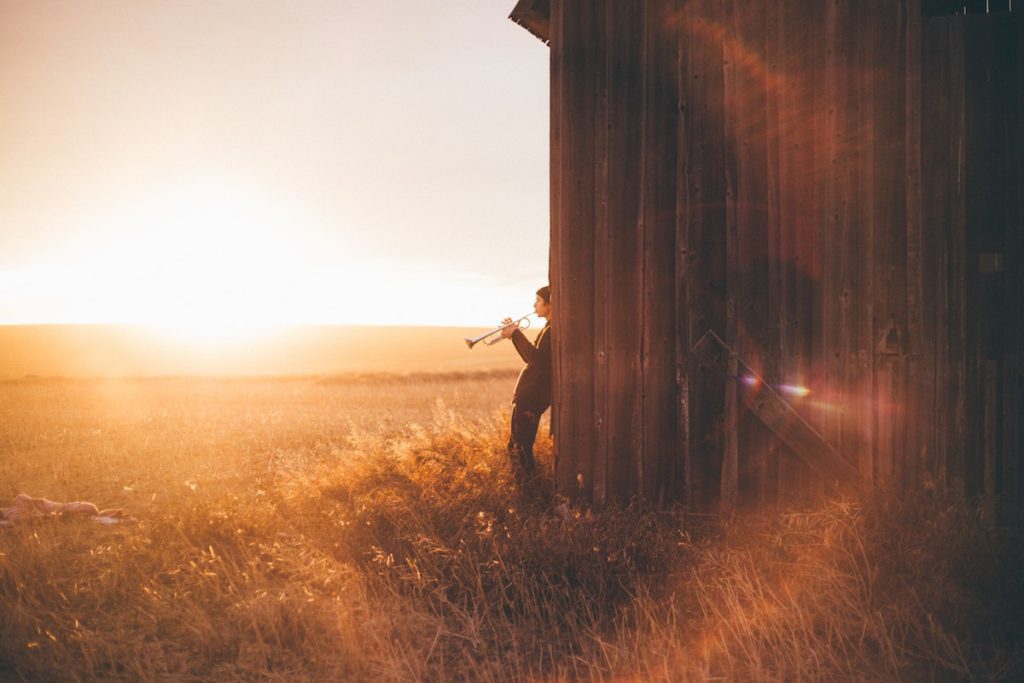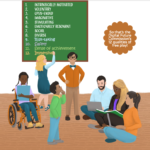
River stone supported by hazel sticks
collapsed several times
the last four or five stone being the most awkward
made across a path at the entrance to a glade
Swindale Beck Wood, Cumbria
13 September 1982
In the past three weeks, I’ve had significant group conversations about technology with parents of teenagers, parents of children newborn to five, and a group of 8th grade students. Here’s a glimpse of what I’ve learned.
We have a love/hate relationship with our smartphones…no big aha there.
Many parents wish they could wave a magic wand and make smartphones vanish. And a bit to my surprise, so do most of the teens I spoke with…
If love/hate is too strong, let’s say we are ambivalent. We appreciate how these powerful tools help us connect with family and friends. And we are dismayed by how they often assist us in procrastinating, increase our stress levels, and amplify our self doubts.
I think we expect these “smart phones” to be easier to master. What if we treated them more like a musical instrument—a viola, oboe, bass—that takes commitment, study, and practice to master? What if we considered that we may need to develop our digital craft slowly over time with the patience and trial and error of an artist like Andy Goldsworthy?

What I’m writing: If you missed last week’s post, “Thinking like a fact checker,” I hope you’ll take time to read it this week. Make sure to click the links from Newseum and the Stanford History Education Project. Let me know if you find the resources useful. (Use my contact form here to say hello and give me feedback.)


